1. Step 9
1.1. Review session 2
1.2. mechanism flow chart
1.2.1. premorbid phase
1.2.2. predormal
1.2.3. active
1.2.4. combination of genetics, enviromental (stressors like exams, shisha)
1.3. 20 minutes
2. Step 10
2.1. Management
2.1.1. goals
2.1.1.1. restore the normal function
2.1.1.2. reduce the relapses
2.1.1.3. prevent self-harm or harming others
2.1.1.3.1. hospitalization
2.1.1.4. educate family and provide social support (also the patient)
2.1.1.5. build a good rapport w/ patient
2.1.2. Pharmacological
2.1.2.1. Antipsychotics
2.1.2.1.1. Typical
2.1.2.1.2. Atypical
2.1.2.1.3. Agititation
2.1.2.1.4. Each sideeffect depends on the receptor the drug is working on
2.1.2.1.5. Polypharmacy not tolerated by some patients
2.1.2.1.6. VERY COSTLY MEDICATIONS
2.1.3. Non-pharmacological
2.1.3.1. Psychological therapy
2.1.3.1.1. Group therapy
2.1.3.1.2. CBT
2.1.3.1.3. Family based
2.1.3.1.4. Problem solving therapy
2.1.3.1.5. Teach patient on social skills
2.1.3.1.6. Inform patient about prognosis of illness
2.2. Prevention
2.2.1. Universal
2.2.1.1. Whole population
2.2.1.2. Education
2.2.2. Selective
2.2.2.1. patients who have risk factors
2.2.2.2. E.g. patients who drink alcohol
2.2.3. Indicated
2.2.3.1. For the prodromal patients
2.2.3.2. Group therapy
2.2.4. Tertiary
2.2.4.1. Compliance
2.2.4.1.1. Substance abuse
2.2.4.1.2. poor rapport from doctor
2.2.4.1.3. lack of efficacy
2.2.4.2. 75% of patients who become hospitalized because of schizophrenia end by smoking
2.2.4.3. Occupational therapy
